Sign up for workout ideas, training advice, reviews of the latest gear and more.

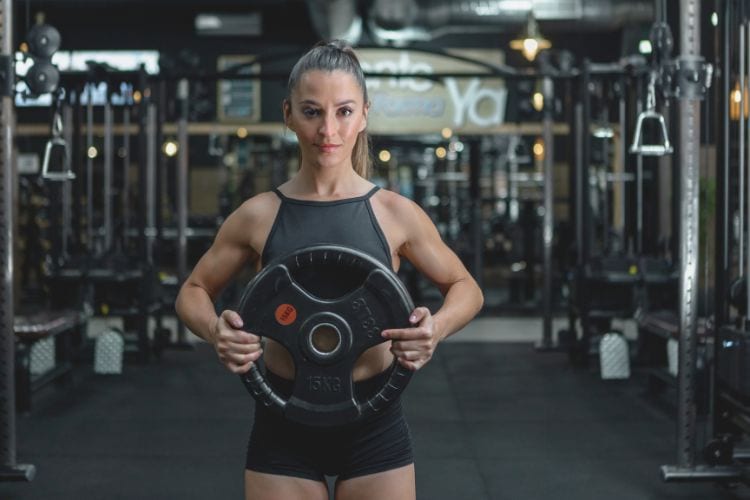
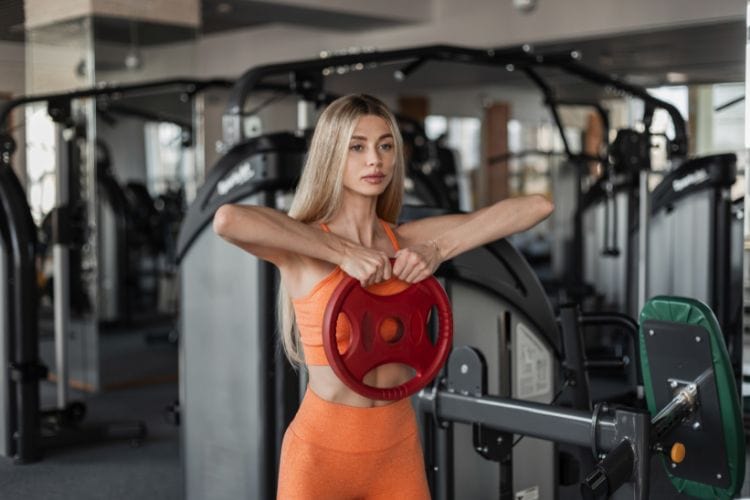
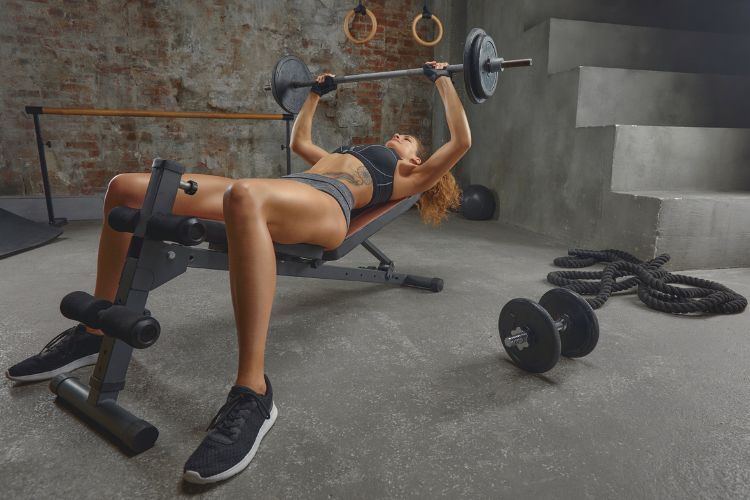
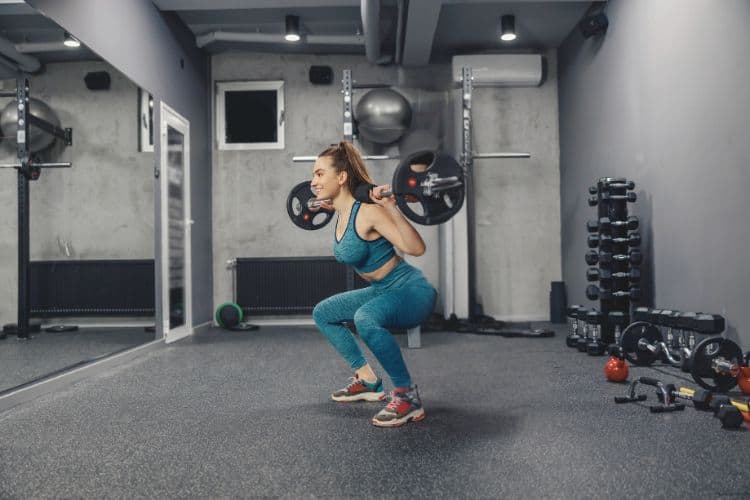
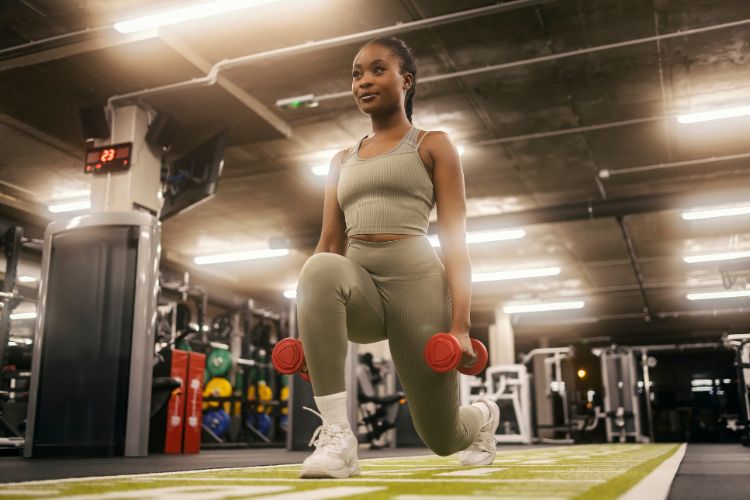
If you’re short on time but still want to build strong, sculpted legs, a 30-minute dumbbell leg exercise workout can be incredibly effective. Whether you’re training at home or in the gym, incorporating dumbbells into your leg routine can help enhance muscle definition, increase strength, and boost calorie burn—all in a short, focused session.
This guide offers a complete breakdown of the benefits, structure, and best exercises for a 30-minute dumbbell leg workout that fits easily into any schedule.
Dumbbells provide enough resistance to challenge your muscles without requiring complex equipment. In just half an hour, you can target your glutes, quads, hamstrings, and calves, making it perfect for busy schedules.
Leg strength is essential not just for aesthetics, but also for daily movement, posture, and overall athletic performance. Dumbbell workouts help improve balance and functional strength, which can translate into better sports performance and injury prevention.
Strength training increases your metabolic rate. Incorporating dumbbells adds intensity to your leg exercise workouts, increasing calorie burn during and after your workout through the afterburn effect (EPOC).
Before diving into your workout, always warm up your muscles to increase blood flow and reduce the risk of injury. Here’s a quick 5-minute warm-up routine:
The workout consists of two circuits, each containing four exercises. You’ll perform each exercise for 40 seconds, followed by 20 seconds of rest. After completing one full round of each circuit, rest for 1–2 minutes before moving to the next.
These exercises target multiple muscle groups to build foundational strength.
Hold a dumbbell vertically at chest level. With feet shoulder-width apart, squat down keeping your chest up and knees aligned with your toes. Push through your heels to return.
Targets: Quads, glutes, core
Hold dumbbells at your sides. Step one leg back into a lunge, lowering until both knees form 90-degree angles. Push through your front heel to return and alternate legs.
Targets: Glutes, hamstrings, quads
Hold dumbbells in front of your thighs. Hinge at the hips with a slight knee bend, lowering dumbbells along your shins. Squeeze your glutes to return to standing.
Targets: Hamstrings, glutes, lower back
Hold dumbbells at your sides. Raise your heels off the floor as high as possible, pause at the top, and lower slowly.
Targets: Calves, ankle stability
Repeat this circuit twice. Then rest for 1–2 minutes before starting Circuit 2.
These exercises improve muscle endurance, coordination, and explosiveness.
Hold dumbbells at shoulder level. Perform a squat, and as you stand up, press the dumbbells overhead in one smooth motion.
Targets: Quads, glutes, shoulders, core
Stand a few feet in front of a bench or step, holding dumbbells. Rest one foot behind you on the bench. Lower into a lunge until your front thigh is parallel to the ground, then return.
Targets: Glutes, hamstrings, quads
Holding dumbbells, step up onto a sturdy bench or box with one leg. Drive through the heel and bring the trailing leg up, then step down and switch sides.
Targets: Quads, glutes, calves
Hold one dumbbell with both hands between your legs. Take a wide stance with toes slightly turned out. Lower into a squat, pulse once at the bottom, then return to standing.
Targets: Inner thighs, glutes
Repeat this circuit twice. End with a cool-down.
Finish with light stretching to promote recovery and flexibility:
Start with a weight that challenges you by the last few reps of each set but still allows proper form. As you grow stronger, gradually increase the resistance.
Improper form can lead to injuries. Prioritize technique over heavy weights. Use mirrors or record your workout to correct alignment if needed.
Aim to include this dumbbell leg workout 2–3 times a week. Combine it with upper body and core workouts for a balanced training program.
Keep a workout journal to log your sets, reps, and dumbbell weights. Seeing measurable improvements will help you stay motivated and consistent.
Adding resistance training to your lower-body routine promotes muscle growth and definition. Dumbbells offer a versatile way to progressively overload your muscles.
Dumbbell exercises often require stabilizing your core and legs, enhancing coordination and reducing fall risk—especially important as we age.
Leg muscles are large and require significant energy. Training them with weights increases overall calorie burn, supporting weight loss goals when paired with proper nutrition.
Dumbbell workouts can be done virtually anywhere—at home, at the gym, or even while traveling. They eliminate the need for machines or large setups.
| Day | Workout Focus |
|---|---|
| Monday | 30-Minute Dumbbell Leg Workout |
| Wednesday | Dumbbell Upper Body Workout |
| Friday | 30-Minute Dumbbell Leg Workout |
| Sunday | Bodyweight Mobility & Recovery |
This split gives your legs adequate recovery time between strength sessions while maintaining overall training frequency.
Yes! Start with lighter weights and fewer rounds (1 round per circuit instead of 2). Focus on mastering form first before increasing intensity.
Women often start with 10–20 lbs and men with 15–30 lbs. Adjust based on your fitness level and the specific exercise. For single-dumbbell moves like goblet squats, go slightly heavier.
Two to three times per week is ideal. Include rest or active recovery between sessions to prevent overtraining.
A 30-minute dumbbell leg workout is a powerful tool for building lower body strength, improving endurance, and burning calories—all with minimal equipment and maximum efficiency. Whether your goal is leaner legs, stronger glutes, or improved athletic performance, adding this focused workout to your weekly routine can deliver fast and sustainable results.
Stick with the plan, challenge yourself, and watch your lower body strength soar—30 minutes at a time.
Stay up to date on the latest women’s health, fitness and lifestyle trends and tips.